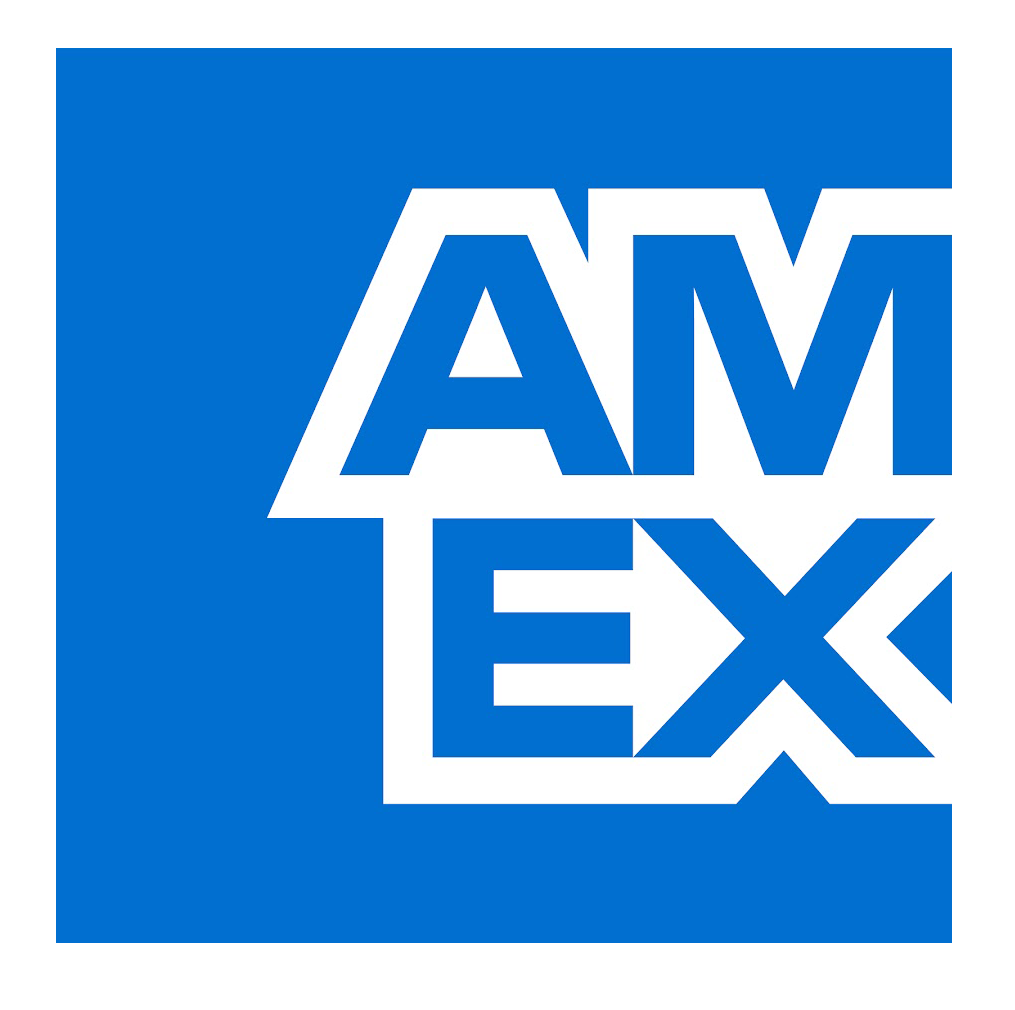New construction in the United States continues its impressive growth trajectory since 2021, but construction remains one of the sectors most burdened by the late payments that surged at the onset of the pandemic for industries across the board.
Because of the slow payments that plague the construction industry, cash flows out of these businesses much faster than it flows back in.
Digital payment innovations are beginning to help, but their swift implementation is crucial to assure the construction vertical’s continued upward rise.
PYMNTS Intelligence interviews Chris Doyle, CEO of construction payments platform Billd, on why industry stakeholders — and subcontractors in particular — need faster payment solutions that rest on a solidly digital foundation.
As the financial burden of slow payments continues to grow in the construction industry, the need for solutions is gaining urgency. With 76% of subcontractors saying they usually or always receive payments for their work via paper checks, the industry is still rife with legacy processes and infrastructure that pose hurdles to timely payment collection. A rebuild of these antiquated systems using modern digital solutions is the obvious place where the industry needs to break ground.
According to PYMNTS Intelligence research, 30% of construction companies in 2023 were aiming to use digital technologies to speed payments and ease cash flow management, with 31% planning on leveraging instant bank verification and virtual cards for supplier payments. In addition, FinTech platforms are rolling out technologies that offer construction workers real-time access to their wages. These and other digital innovations can help minimize late payments and their impact on the industry.
- Late Payments Undermine Construction
- Payment Delays Ratchet Up Construction Costs
- Building a Better Payments Stack for Construction Firms
- An Insider on Why the Construction Industry Needs a Digital Payments Foundation
Late Payments Undermine Construction
New construction in the United States continues its impressive growth trajectory since 2021, but construction remains one of the sectors most burdened by the late payments that surged at the onset of the pandemic for industries across the board.
Slow payments are a growing problem for the construction industry.
After a brief slowdown in the first half of 2023, new construction in the U.S. since 2021 continued to scale new heights, placing it on course to reach $1.97 trillion by the end of 2023. Even greater growth is projected for 2024.
Nevertheless, construction remains one of the sectors most burdened by the late payments that grew at the onset of the pandemic for industries across the board. One estimate pegs the industry’s average days sales outstanding (DSO) — how long it takes a company to receive payment for its services — at an astounding 94 days. A recent report noted that 57% of general contractors and 78% of subcontractors experienced work delays or stoppages in the past 12 months due to delayed payments to crew members. This was up substantially from previous years, with nearly three-quarters of subcontractors reporting payment delays of more than 30 days in 2023, compared to just under half the year before.
The cost of slow payments to construction companies continues to rise.
The ongoing problem of late payments is compounded by the construction sector’s continued reliance on legacy payment processes that hinder the tracking and collection of prompt remuneration. Moreover, the costs associated with these payment impediments have grown alongside the industry’s growth. As U.S. construction starts soared in 2023, the cost of slow payments inexorably followed, climbing to $273 billion — representing nearly 14% of total construction costs, up from its approximate share of 12% of total costs in 2022.
Payment Delays Ratchet Up Construction Costs
Because of the slow payments that plague the construction industry, cash flows out of these businesses much faster than it flows back in.
Adequate working capital is essential to construction businesses.
The payments problem in construction is common to all contracting businesses to an extent. Specifically, before contractors can be paid for their services, they must incur considerable upfront expenses. In construction, these take the form of materials for building jobs and wages for their workers. However, because of the late payments that strain the construction industry in particular, cash outflows occur at a much higher rate than inflows. While these companies must pay their workers weekly or biweekly and often buy materials on 30-day payment terms, 72% of construction subcontractors are waiting longer than 30 days to receive payment for their work. This share has jumped alarmingly from last year alone, when it was just 49%.
Subcontractors bear the brunt of slow payments in the construction industry.
Not surprisingly, the smallest of construction firms — subcontractors — are suffering the lion’s share of the problem of slow payments. According to one recent report, subcontractors wait an average of 74 days before receiving payment for any given job — with some waiting as long as 120 days. As a result, 73% of subcontractors said they had to pay out of pocket for materials, up from 66% the previous year.
Because of this burden, construction companies are having to resort to every means available to stay afloat, with subcontractors increasing their use of personal savings for business purposes by 105% last year. The consequences are of such concern that more than nine in 10 subcontractors say they would offer a discount of up to 5% in exchange for guaranteed payment within three days of an approved application. Another report found that 65% of subcontractors filed liens due to slow payments in 2023 — a massive increase of 141% from 2022. Moreover, the consequences have implications for the entire economy: To compensate for late payments, both general contractors and subcontractors are having to increase their bids by 6% to 10%.
Building a Better Payments Stack for Construction Firms
Digital payment innovations are beginning to help, but their swift implementation is crucial to assure the construction vertical’s continued upward rise.
General contractors name the following as the biggest contributors to project delays:
1. Current systems of payments and financial processes
2. Delays in materials
3. Cash flow concerns
Digital solutions can help expedite payments for construction companies.
Technology can change the game for smaller businesses that lack the resources and staff to chase payments proactively. Automating the production of payment reminders and invoices can save firms time and resources while reducing the risk of late payments falling beneath the radar. Digital payment innovations are making a dent, but their swift implementation is crucial to the construction industry’s continued upward rise.
Automated solutions are helping to streamline payments in the construction industry.
Construction management platform Procore Technologies recently launched Procore Pay, which establishes transaction accounts for contractors to enable faster payments to subcontractors. The tool combines with the company’s current invoicing feature to offer streamlined payments and automated lien waiver management. A pilot program of two dozen general contractors determined that the solution could save companies as much as $90,000 per year in staff time by automating manual tasks, plus another $18,000 per year on lien waiver generation software. The platform ultimately plans to extend the program to include supplier payments as well.
On-demand pay can make a key difference for construction workers living paycheck to paycheck.
Business-to-business (B2B) software-as-a-service (SaaS) platform Trunk Tools is attempting to reduce the financial strain on construction workers by providing them with on-demand payroll in lieu of the standard two-week pay period. The solution integrates into construction firms’ existing payroll systems to deliver earned wage access to workers via virtual debit cards. The platform recently raised a $9.9-million seed round to further develop the technology and expand its user base.
An Insider on Why the Construction Industry Needs a Digital Payments Foundation
PYMNTS Intelligence interviews Chris Doyle, CEO of construction payments platform Billd, on why industry stakeholders — and subcontractors in particular — need faster payment solutions that rest on a solidly digital foundation.

Late payments in the construction industry remain a serious concern, but they are by no means a new one.
Doyle said it is important to note that late payments have been a long-standing problem in the industry and have created the current payments scenario.
“This has been an issue for the last two decades,” he told PYMNTS Intelligence. “The effect is that it erodes the financial stability of the subcontractor base.”
He explained that subcontractors make up the vast bulk of the broader construction ecosystem that also includes general contractors, architects, engineering firms, building manufacturers and suppliers. However, none of the other entities in that system suffer the same payments instability that subcontractors do — which results in an industry where most businesses are not stable relative to other businesses.
“The U.S. construction industry grows at around 4% to 6% annually,” Doyle stated. “It is not like solar, artificial intelligence or electric vehicles. It is not a 20% to 30% year-over-year growth market. Because the broken payment cycle causes instability and dysfunction at such a foundational level of the market, construction could never support that kind of growth.”
This instability, he contends, is the biggest challenge of the cash flow problem.
“It creates and perpetuates a dysfunctional system that hampers health and growth, especially for the subcontractors, on whom we rely to get the work done. They feel the pain, not the general contractors.”
Digital optimization is the cornerstone of the payments solution.
There are several challenges with the status quo in construction that cause payment delays, Doyle said. Generally speaking, the workflow itself is not terribly complex. Subcontractors submit their pay applications on a general contractor-sponsored platform or on independent pay app templates that they need to complete. However, these templates can be time-consuming and error-prone.
“At Billd, we have created digital invoice solutions for subs as part of our offering,” he said. “The ability to get pay apps filled out quickly and accurately is valuable. It’s an important workflow piece to solve.”
Another challenge, Doyle observed, is compliance. The lien waiver process can create delays, as can other compliance challenges such as having insurance up to date. Several companies are working on platform solutions around compliance process issues as well.
“The process needs to be digitized, automated and more proactive,” he asserted.
The next big challenge, Doyle said, is the implementation of digital payment systems. Billd’s 2023 industry report found that nearly 80% of payments from general contractors to subcontractors are still issued on paper checks and sent through the mail.
“This [creates] a completely unnecessary delay,” he said. “There is the time it takes to get through the mail and make it to the bank, then the check-clearing process, because large check amounts don’t become available immediately. There could be a six- to seven-day delay.”
The digitization of payments is an important area that Billd is focusing on — with solutions like automated clearing house (ACH), wire transfers and other types of payment structures making it easier to get available funds to subcontractors much faster.
A subcontractor focus is also key.
Doyle feels strongly that any solution to the payments problem in construction must put subcontractors front and center as the load-bearing members of the payments ecosystem.
“Understanding, awareness and advocacy for subcontractors are the most important things,” he said. “Over the last 20 years, every construction technology platform has focused on providing solutions for general contractors that are cascaded to the subs. But they are made for the GCs, so the GCs kind of run the show. The most important thing is awareness of the problem and advocating for the subcontractors.”
Working capital providers, Doyle added, could offer lower costs, ensure collectibility and open up lending for subcontractors — because lending has to be a part of the solution.
“Subcontractors cannot just build up cash and work their way out of it,” he maintained. “That is not the solution in construction. The answer is to get low-cost working capital solutions with high degrees of collectibility certainty to subcontractors to make up for the risk, uncertainty and dysfunction in the payment system.”
Such solutions can help return subcontractors to their role as masters of their craft — rather than having to make sacrifices.
“At Billd, we believe that the subcontractors are inspiring entrepreneurs and the heartbeat of our country. They are building legacies for themselves and their families. We are dedicated to providing subcontractors a sound financial footing to do the best work of their lives,” Doyle concluded.

Manual back-office processes and working capital challenges can exacerbate late payments in the construction industry, inspiring businesses to explore automation. Recently, American Express’ Trendex: B2B Edition survey found that 76% of construction businesses plan to automate supplier payments, and 83% plan to do likewise for payments received. Amex AP and AR Automation solutions can help construction businesses increase access to working capital and exchange information efficiently to make on-time payments, handle reconciliation, disputes and more.”
Vice President and General Manager
B2B Product, Partner & Client Management

About

American Express is a globally integrated payments company, providing customers with access to products, insights and experiences that enrich lives and build business success. Learn more at americanexpress.com, and connect with us on Facebook, Instagram, LinkedIn, X and YouTube.
PYMNTS Intelligence is a leading global data and analytics platform that uses proprietary data and methods to provide actionable insights on what’s now and what’s next in payments, commerce and the digital economy. Its team of data scientists include leading economists, econometricians, survey experts, financial analysts and marketing scientists with deep experience in the application of data to the issues that define the future of the digital transformation of the global economy. This multilingual team has conducted original data collection and analysis in more than three dozen global markets for some of the world’s leading publicly traded and privately held firms.
The PYMNTS Intelligence team that produced this Tracker:
Managing Director: Aitor Ortiz
Senior Writer: Alexandra Redmond
We are interested in your feedback on this report. If you have questions or comments, or if you would like to subscribe to this report, please email us at feedback@pymnts.com.
Disclaimer
PYMNTS SHALL NOT BE LIABLE FOR ANY DAMAGES WHATSOEVER, AND, IN PARTICULAR, SHALL NOT BE LIABLE FOR ANY SPECIAL, INDIRECT, CONSEQUENTIAL, OR INCIDENTAL DAM AGES, OR DAMAGES FOR LOST PROFITS, LOSS OF REVENUE, OR LOSS OF USE, ARISING OUT OF OR RELATED TO THE CONTENT, WHETHER SUCH DAMAGES ARISE IN CONTRACT, NEGLIGENCE, TORT, UNDER STATUTE, IN EQUITY, AT LAW, OR OTHERWISE, EVEN IF PYMNTS HAS BEEN ADVISED OF THE POSSIBILITY OF SUCH DAMAGES.
SOME JURISDICTIONS DO NOT ALLOW FOR THE LIMITATION OR EXCLUSION OF LIABILITY FOR INCIDENTAL OR CONSEQUENTIAL DAMAGES, AND IN SUCH CASES SOME OF THE ABOVE LIMITATIONS DO NOT APPLY. THE ABOVE DISCLAIMERS AND LIMITATIONS ARE PROVIDED BY PYMNTS AND ITS PARENTS, AFFILIATED AND RELATED COMPANIES, CONTRACTORS, AND SPONSORS, AND EACH OF ITS RESPECTIVE DIRECTORS, OFFICERS, MEMBERS, EMPLOYEES, AGENTS, CONTENT COMPONENT PROVIDERS, LICENSORS, AND ADVISERS.
Components of the content original to and the compilation produced by PYMNTS is the property of PYMNTS and cannot be reproduced without its prior written permission.
The B2B and Digital Payments Tracker® Series is a registered trademark of What’s Next Media & Analytics, LLC (“PYMNTS”).
